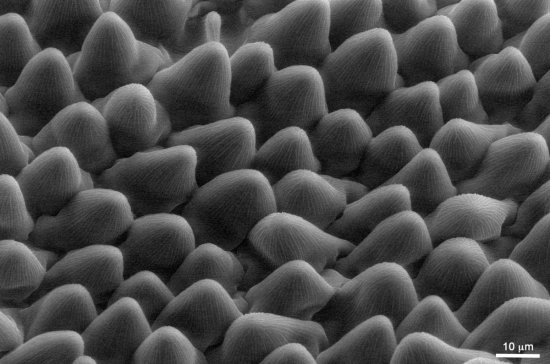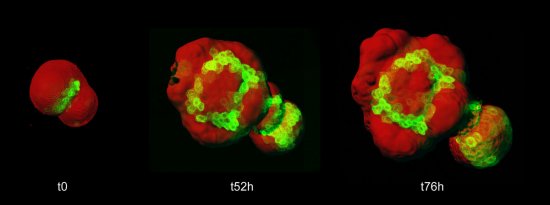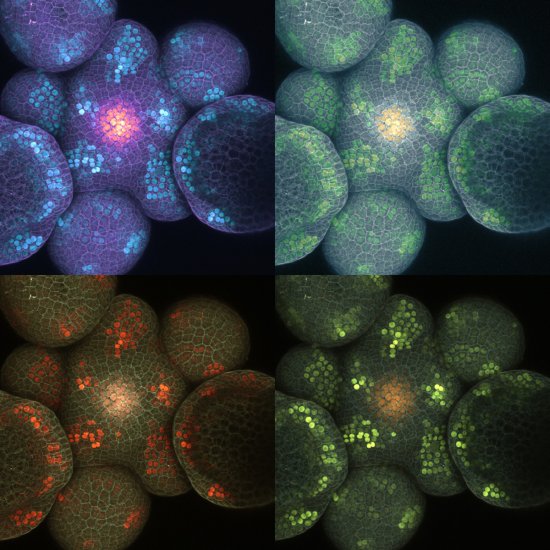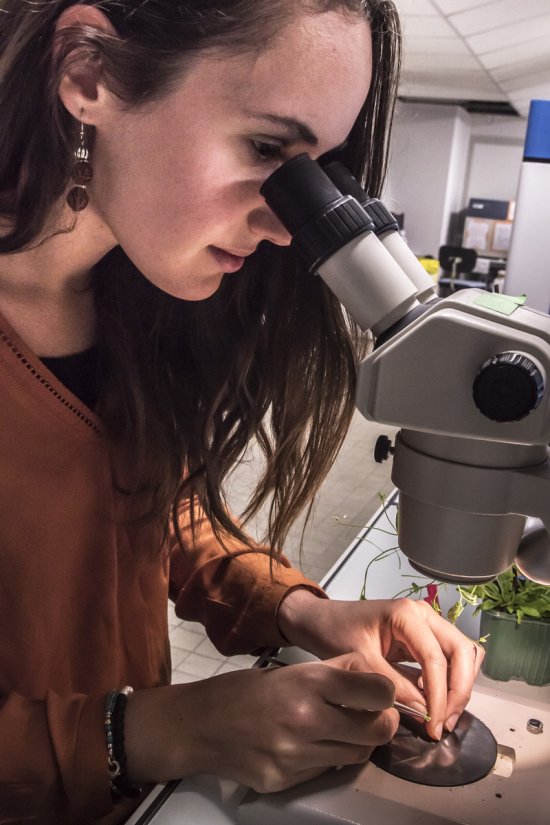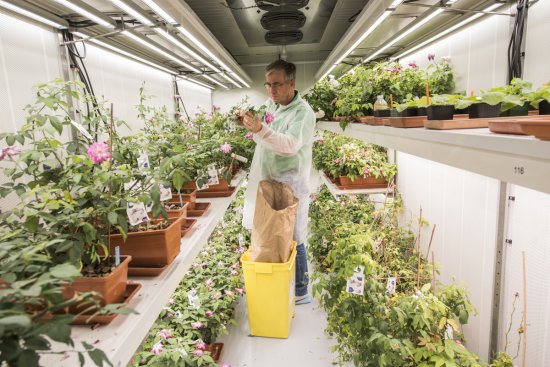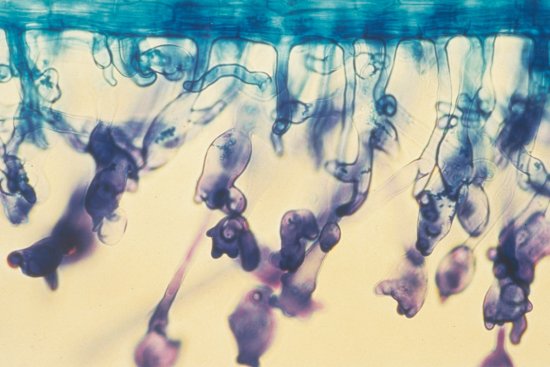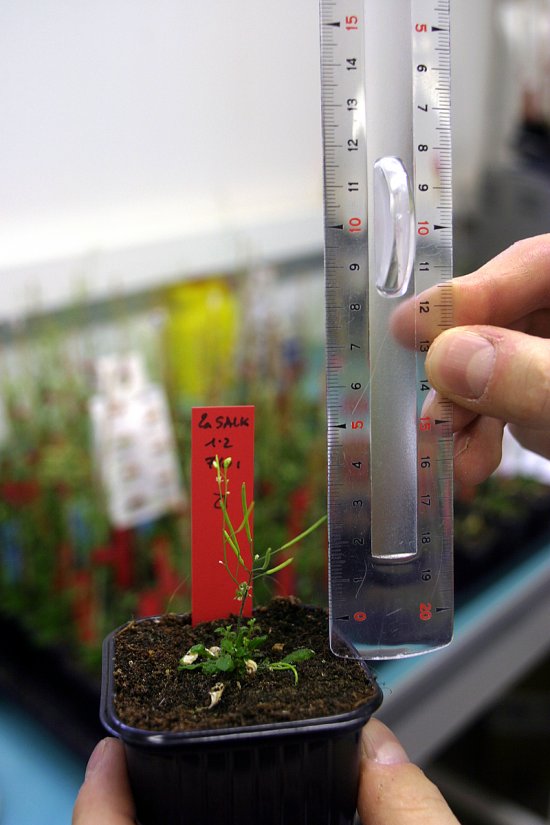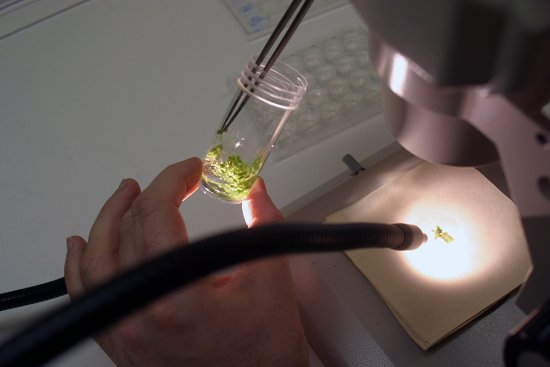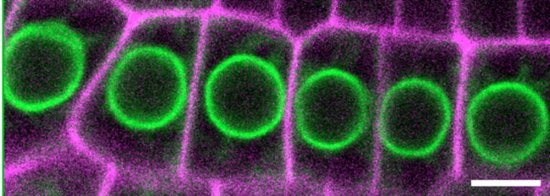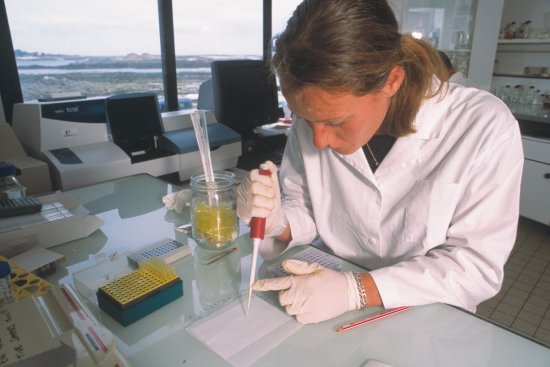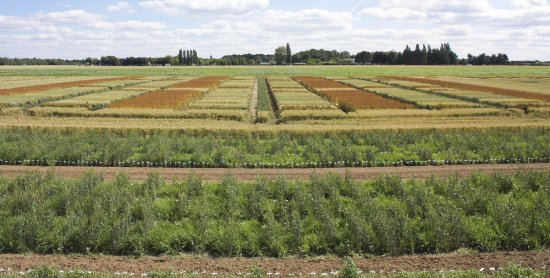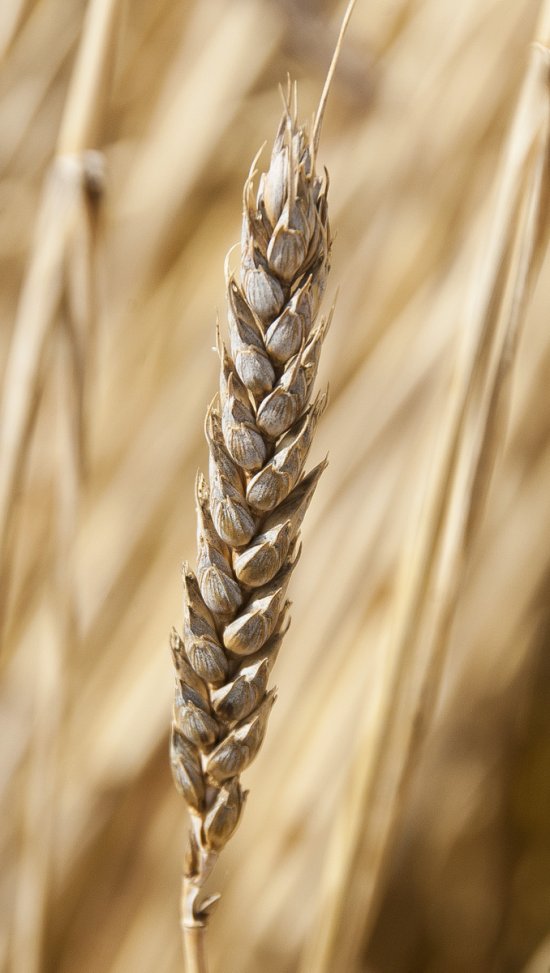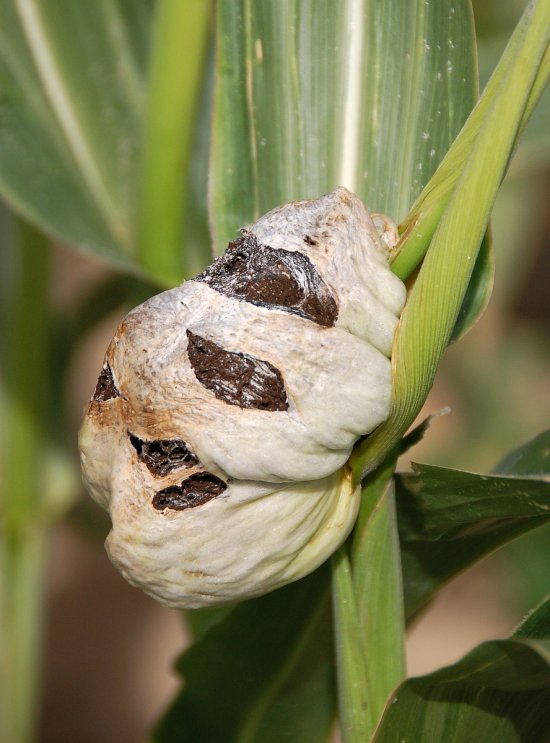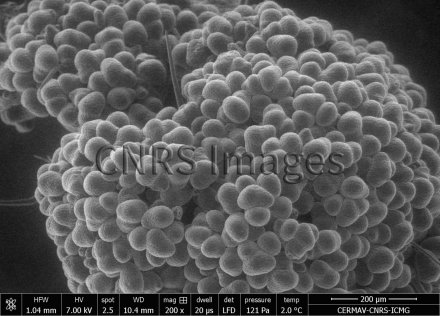
© Marie LE MASSON / LPCV / CNRS Images
Reference
20170098_0010
Arabette des dames observée en microscopie électronique à balayage
Thale cress (arabidopsis thaliana), observed using scanning electron micrsoscopy. These flowers are frequently described as cauliflower mutants. Cauliflowers are the result of humans domesticating plants. Scientists want to understand how they adopt different morphologies. The cauliflower's structure consists of an abundance of young flower buds similar to those found tin hale cress, but which are unable to differentiate themselves into flowers. They begin their development like flowers but fail to reach the final stage, instead continuing to proliferate as stalks. The cauliflower came about as the result of modifying the flower-bearing stalk (inflorescence). This gives researchers insights into the normal development of thale cress flowers.
The use of media visible on the CNRS Images Platform can be granted on request. Any reproduction or representation is forbidden without prior authorization from CNRS Images (except for resources under Creative Commons license).
No modification of an image may be made without the prior consent of CNRS Images.
No use of an image for advertising purposes or distribution to a third party may be made without the prior agreement of CNRS Images.
For more information, please consult our general conditions
